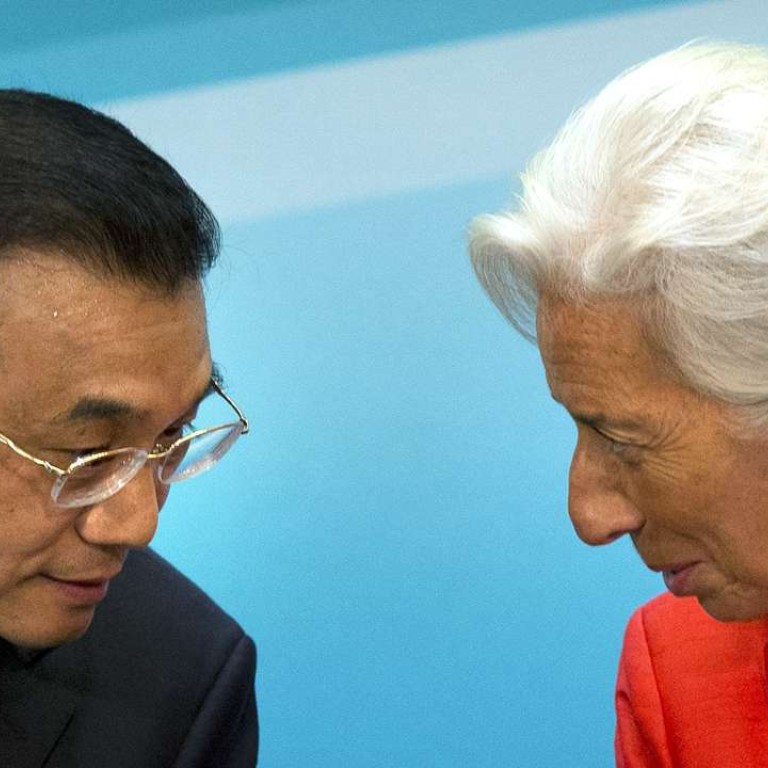
New | China economic growth may slow to 5.9 per cent in 2020: IMF report
Rising corporate debt a sizable drag on China’s economy
China’s economic growth is expected to decelerate to the 5 per cent level in 2020, partly due to structural problems such as rising corporate debt and structural excess capacity in the steel and coal sectors, the International Monetary Fund said Friday.
Growth in China’s real gross domestic product is projected to slow from 6.9 per cent in 2015 to 5.9 per cent in 2020 and 5.8 per cent in 2021, the IMF said in its annual assessment of the Chinese economy.
“The medium-term outlook is clouded by continued resource misallocation, high and rising corporate debt, structural excess capacity, and the increasingly large, opaque, and interconnected financial sector,” the report said.
The report stressed the urgency of addressing the country’s corporate debt problem as part of efforts to ensure sustained growth in the world’s second-largest economy.
The IMF recommended that the Chinese leadership “harden budget constraints on state-owned enterprises, triage and restructure or liquidate over-indebted firms, and recognise losses and share them among relevant parties, including the government if necessary.”

The Washington-based institution suggested Chinese authorities complement such measures with “targeted social assistance for displaced workers and initiatives to facilitate entry of new, dynamic private firms.”
James Daniel, IMF mission chief for China, said China’s state-owned nonfinancial enterprises account for around half of bank credit but produce only about a fifth of industrial output.
“So first and foremost, a high-level decision is needed to stop financing weak firms and accept the likely lower near-term growth,” Daniel was quoted as saying in a news release.
Daniel proposed a triage between the viable, which should be restructured, and the nonviable, which should be liquidated. “Doing this triage will crystallise losses, for example on bank loans, which will need to be recognised -- something the regulatory authorities should encourage,” he said.
“The medium-term outlook is clouded by continued resource misallocation, high and rising corporate debt, structural excess capacity, and the increasingly large, opaque, and interconnected financial sector”
Looking ahead, the IMF forecast China’s real GDP growth rate will decelerate to 6.6 per cent this year due to slower private investment and weak external demand, according to the report.
In the medium-term, growth in real GDP is projected to slow further to 6.2 per cent in 2017 and 6.0 per cent each in 2018 and 2019, before sliding to the 5 per cent level in 2020.
On exchange rates, the report said the yuan, also known as the renminbi, moves “broadly in line with fundamentals.”
“After appreciating 10 per cent in real effective terms through mid-2015, the renminbi has depreciated some 4.5 per cent since then and remains broadly in line with fundamentals,” it said.
The IMF said it welcomes steps toward an effectively floating exchange rate regime and encourages Chinese policymakers to build on this progress while carefully managing the transition with support of a more market-based monetary framework.

